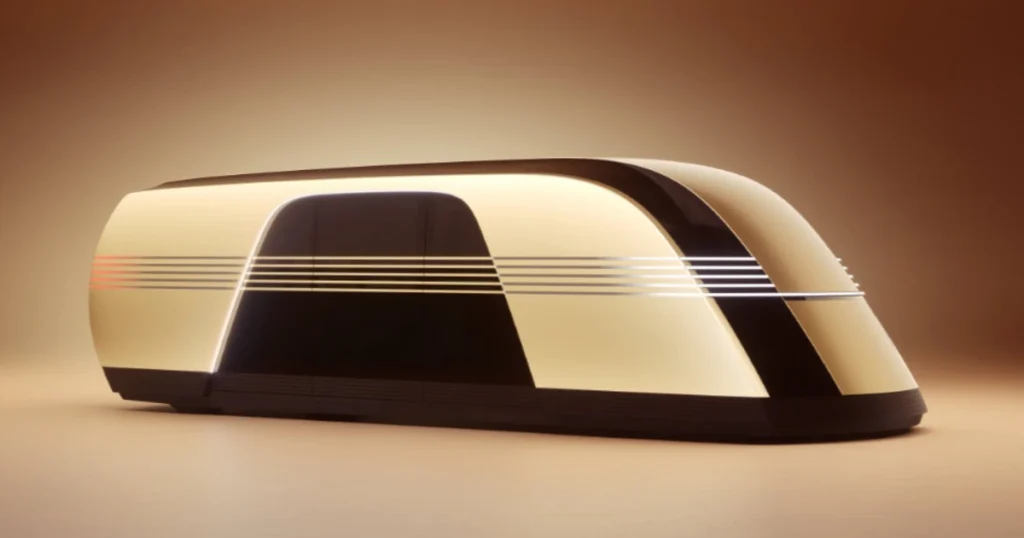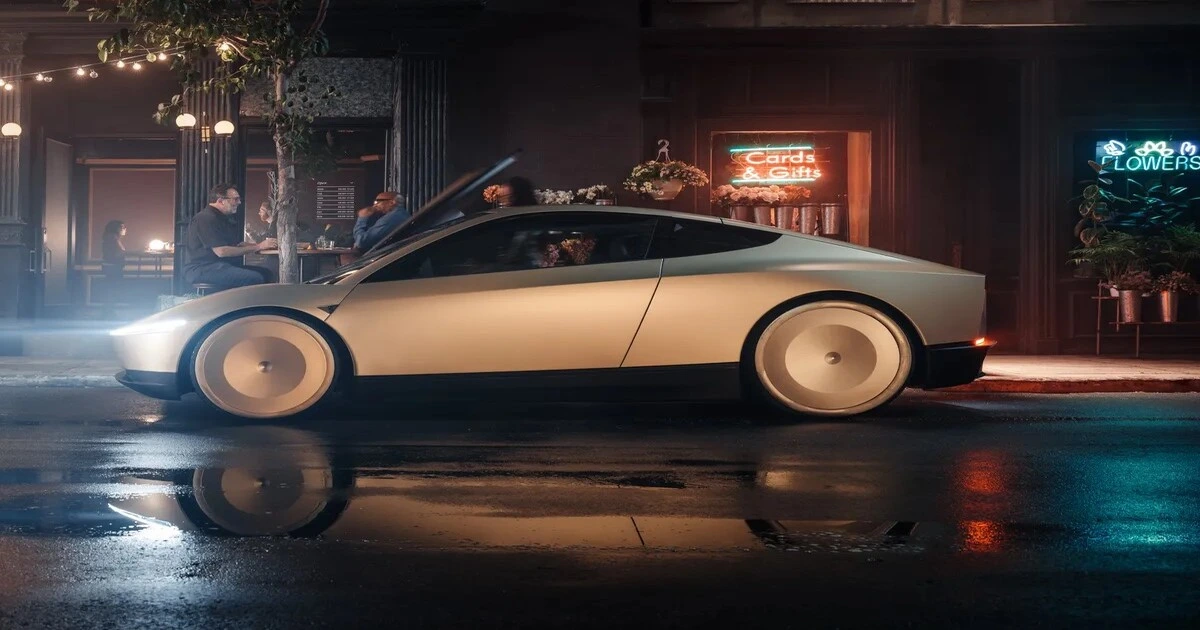Tesla RoboTaxis/ image credit- TESLA
Elon Musk could have used Tesla’s “We, Robot” event to clear up concerns and skepticism about the future of autonomous driving and Tesla’s Full Self-Driving (FSD) technology. Instead, the highly anticipated event was more spectacle than substance, with flashy visuals and entertainment replacing the crucial details many were expecting. Amidst robot bartenders and colorful displays, Musk made grand promises about fully autonomous robotaxis like the Cybercab, but many key questions were left unanswered, leaving the audience wondering how these visions will become reality.
What Was Missing: Key Details and Safety Data about Elon Musk Robots
During the event, many expected Musk to release concrete safety data to counter the negative image that Tesla’s FSD has garnered. Crowdsourced data paints a concerning picture of the feature’s reliability, and the event could have been an opportunity to show real progress. However, Musk didn’t address these concerns. Instead, he focused on promoting the Cybercab, a two-seater autonomous vehicle with butterfly doors, promising a futuristic fleet of driverless cabs by 2026. While the design captivated some attendees, many were hoping for more technical insight. Musk did not delve into essential details like the Cybercab’s sensor technology, vision system, or onboard processing power, nor did he announce any plans to embrace lidar—a key safety technology used by other autonomous vehicle developers.
The absence of regulatory and technological transparency was noted by experts in the field. For example, Phil Koopman, an autonomous vehicle expert from Carnegie Mellon, pointed out that the real challenges in self-driving cars lie in software, not hardware. He emphasized that while prototype hardware may impress in limited demos, it is far from ready for full-scale production and deployment.

Tesla RoboVans/ image credit-x.com/Tesla
Hurdles Ahead: Regulatory Approval and Liability Issues
Despite the utopian vision presented by Musk, there are significant hurdles that Tesla must overcome to bring fully autonomous robotaxis to the market. One of the primary concerns is regulatory approval. For Tesla to operate its Cybercab or any other driverless vehicle on public roads, it needs approval from the California DMV, which requires proof of the vehicle’s safety—something Tesla has yet to fully demonstrate. Beyond state-level approvals, Tesla also needs federal waivers to produce vehicles without steering wheels and pedals, a process that could take months, with no guarantees of success.
Another critical issue is liability. When a fully autonomous Tesla is involved in an accident, who will be held responsible? Currently, Tesla has avoided accepting liability for accidents involving its FSD feature unless there is a flaw in the vehicle’s design. But as autonomous vehicles become more common and human drivers are removed from the equation, Tesla may face increasing legal scrutiny over its accountability in such incidents.
A Flashy Event with Little Substance
The event wasn’t without its admirers. Some Tesla fans and investors were enthusiastic about what they saw, praising the futuristic designs and the positive vibe surrounding the Cybercab and Tesla’s Optimus robot. Wedbush analyst Dan Ives defended the event, noting that the presentation, while lacking in technical details, showed tangible progress in the company’s vision. However, the stock market reacted differently, with Tesla shares dropping nearly 9 points after the event.
Musk’s vision for the future of Tesla is undeniably ambitious. He presented images of urban landscapes transformed by fleets of autonomous vehicles, turning parking lots into green spaces and reducing congestion. While this “fun, exciting future” is appealing, the path to achieving it remains unclear.
FAQs About Elon Musk’s Robots
Q: What is the Tesla Cybercab?
A: The Tesla Cybercab is a two-seater autonomous robotaxi that Elon Musk announced at Tesla’s “We, Robot” event. It features butterfly-wing doors and is designed to operate in fleets with full self-driving capabilities. It is expected to enter production by 2026.
Q: How does Tesla’s Full Self-Driving (FSD) system work?
A: Tesla’s FSD is a driver-assistance system designed to enable the vehicle to navigate on its own without human input. However, it is still in the development phase and has faced criticism for safety issues. Tesla’s FSD is not yet fully autonomous and requires human supervision.
Q: What challenges does Tesla face in launching fully autonomous vehicles?
A: Tesla faces several challenges, including regulatory approval, liability issues, and technology limitations. To legally operate fully autonomous vehicles on public roads, Tesla must prove the safety of its vehicles, which has not been fully demonstrated. Additionally, Tesla will need to overcome liability concerns and develop systems for remote assistance and fleet maintenance.
Q: How does Tesla plan to compete with other autonomous vehicle companies?
A: Tesla is betting on its Full Self-Driving technology, claiming it will achieve full autonomy within the next few years. However, other companies like Waymo have taken a more cautious approach, focusing on limited markets and ensuring safety before scaling up. Tesla’s strategy relies on bold promises and rapid development, but it faces significant regulatory and technical hurdles.
